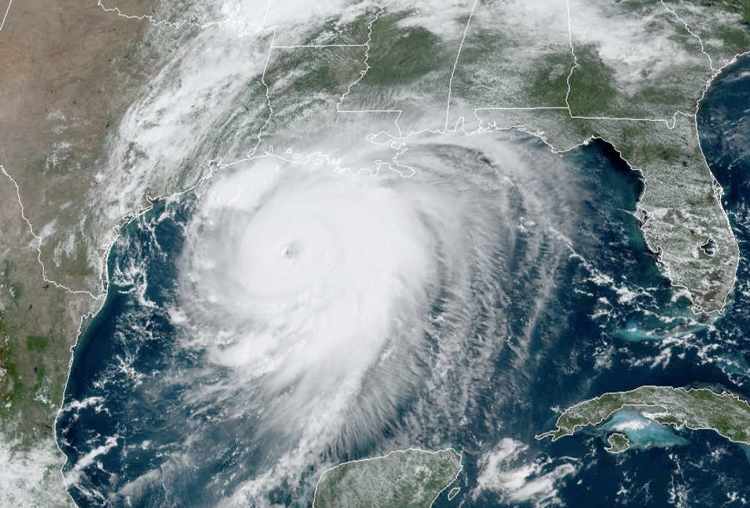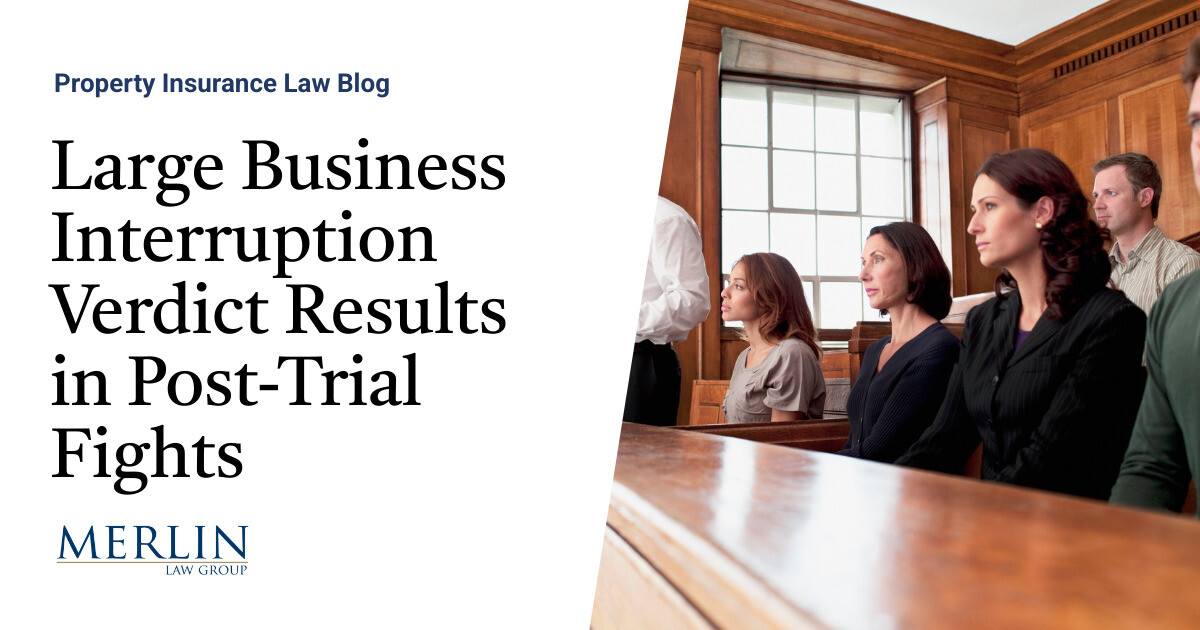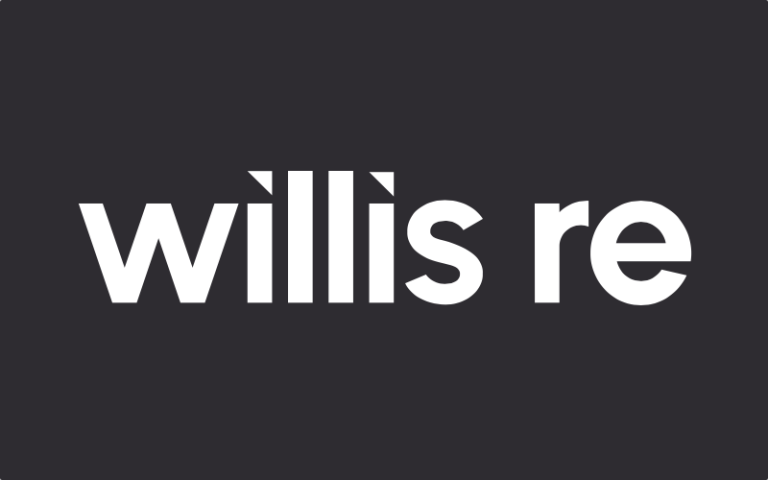
Hurricane Laura related industry loss estimates are coming thick and fast today, with catastrophe risk modellers Karen Clark & Company saying to expect a total of close to $9 billion, while AIR Worldwide has said up to $8 billion for onshore property losses only.As ever, it’s a challenge to compare insurance and reinsurance industry loss estimates, given the different factors included in them.With hurricane Laura it seems the industry toll for insurance and reinsurance capital providers is going to come in some way beneath where many in the market had been fearing last week.Given the ferocity of the major Category 4 landfall made by hurricane Laura, with 150 mph sustained winds, early indications had been for a loss in the double-digit billions of up to $20 billion, but our sources had been .
.Then, also on Friday we heard from sources that catastrophe risk modelling firm AIR Worldwide had been letting its clients know that an early and unofficial estimate of property insured losses was for .Now, we have an official estimate from AIR Worldwide that brings the range down slightly, with the modeller now saying the onshore property insurance and perhaps reinsurance market loss will be in a range from $4 billion to $8 billion.
“Although comparisons between Laura and Hurricane Rita (2005) have been made, they differ in two important ways: Rita was a larger storm and hit a more populous area than Laura did,” said Dr.Cagdas Kafali, senior vice president of research, AIR Worldwide.“Rita made landfall west of where Laura did, impacting population centers of Texas; Laura made landfall well east of Houston and west of New Orleans, keeping losses lower.” AIR said that because hurricane Laura’s track remained over relatively lower populated areas of Louisiana and that its Rmax (the distance from the center of the storm to the location of the maximum winds) was on the smaller side, it is expected to keep insured losses lower than perhaps would have been anticipated, despite Laura’s major hurricane status at landfall.
Wind damage from hurricane Laura was greatest in Louisiana, closer to the eyewall near landfall, AIR said.AIR cites reports of damage from torn off roofs and façades to structures that were destroyed, along with upended vehicles, damage to power lines, roads, railways, and other infrastructure.In addition, the risk modeller highlights that Laura’s storm surge did not reach the heights anticipated, maxing out at around 15 feet and also helping to keep the insurance and reinsurance market impact lower.
Kafali further explained, “Residential buildings in and around Lake Charles saw significant damage to roofs of all geometries and with various roof cover types.Residential building envelopes were breached due to debris impacts and the damage was further exacerbated in many cases due to the impacts of storm surge.Residential homes in Louisiana are founded primarily on crawlspace and slab foundations, both of which are vulnerable when it comes to flood damage.” It’s important to note that this is onshore property losses only, so does not include expected costs from offshore energy facilities that were damaged by hurricane Laura.
Karen Clark & Company’s initial estimate for hurricane Laura’s insured losses is not that far off from AIR’s, with the company saying it expects that it expects the onshore property insured loss from hurricane Laura will be close to $9 billion.$8.7 billion of this is expected to fall in the United States from wind and storm surge damages, with another roughly $200 million of insured damage in the Caribbean.KCC’s industry loss estimate includes privately insured wind and storm surge damages to residential, commercial, and industrial properties and automobiles, but does not include any NFIP losses or losses to offshore assets.
It also doesn’t include any potential impacts on losses due to COVID-19, the company said.KCC cites hurricane Laura’s “narrow swath of extensive damage” as the highest wind speeds were tightly wound around the storm’s center.In addition, KCC also notes that storm surge impacts did not meet the forecast heights and so this has reduced the expected insured losses from the hurricane.
KCC further explained the damage experienced from hurrricane Laura: Major hurricane force winds impacted an area along the western Louisiana coast that extended up to Lake Charles.Damage in this area has been extensive.Structural damage has occurred to all types of properties, including wood frame homes and commercial structures.
Damage to roof coverings, decking, and trusses has been widespread.Exterior siding, opening, and glazing damage have been extensive, and typically followed by progressive damage from water and wind infiltration.In addition to downed trees and signs, telephone poles have snapped, resulting in infrastructure disruption.
In areas experiencing Category 1 and 2 hurricane force winds, damage has been less severe but over a slightly larger area.Scattered structural damage has occurred, and much of the severe damage has been the result of fallen trees.Roofs throughout the area have sustained damage, with some residential and commercial buildings experiencing severe damage to roof cladding and decking.
Tropical storm force winds extended further out from the storm center causing widespread low-level wind damage to roof covering and siding.Even though the worst-case scenario storm surge did not materialize, significant flooding occurred in coastal areas.Due to extensive debris accumulation, roads have become impassable, delaying cleanup efforts in the most impacted areas.
At less than $10 billion the industry loss from hurricane Laura will be manageable within catastrophe budgets for the insurance and reinsurance industry and while some losses will fall to insurance-linked securities (ILS) funds and other collateralised reinsurers, these would be expected to be manageable too.– .– .
– .– .– .
– .– .– .———————————————————————.
All of our Artemis Live insurance-linked securities (ILS), catastrophe bonds and reinsurance can be accessed online.Our can be subscribed to using the typical podcast services providers, including Apple, Google, Spotify and more.
Publisher: Artemis








